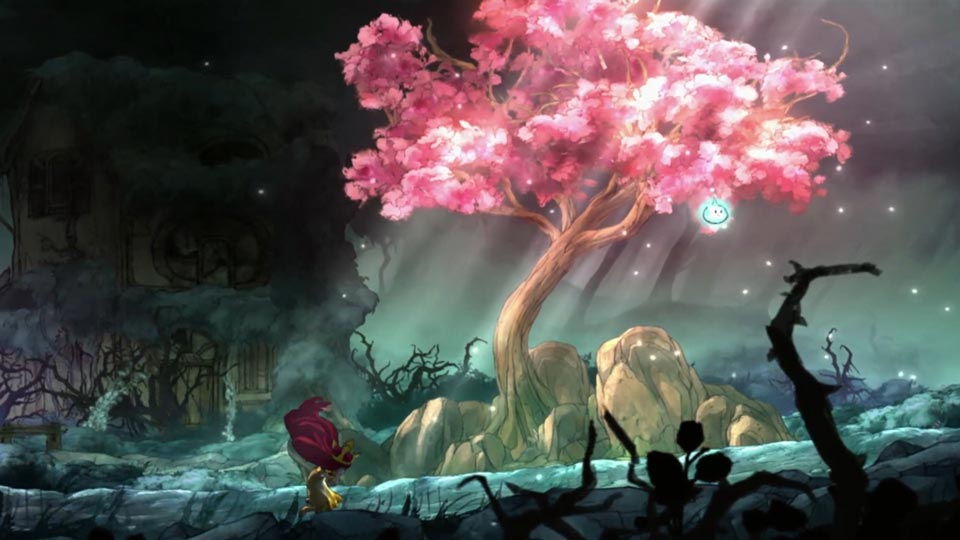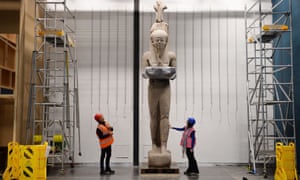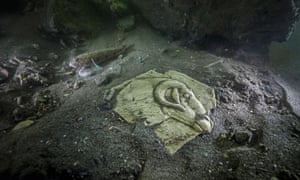To start the challenge brief I ran through several ideas. Mindful that the materials discussed the pitfalls of starting a game design document with a linear story I brainstormed ideas with replayability and begun with the mechanics.”Starting from the story is an approach with some pitfalls –perhaps most importantly, that games are fundamentally an interactive medium. So, if you are focussed on telling a linear story, you may be taking agency away from the player, and leaving them reading, listening to or watching premade story content, rather than becoming part of the story themselves” (Lobb 2021). After playing Firewatch I did feel unsatisfied by the story and ending. “It was all in his mind” in my view is a lazy narrative trope (a little harsh, I know). I did enjoy wandering around the mountains and found the game addictive.
I love narrative games, point-and-clicks, interactive fiction and action-choice-consequence stories. Something like This War of Mine offers alternative storylines, and action-choice-consequence to add replay value. The Vanishing of Ethan Carter is a non-linear narrative game. So by considering mechanics and replayability I can approach the task with ideas to innovate and cross-genres. If I am planning to write a book, short story or poem, I don’t necessarily start with a story… I start with the ‘hook’, the message, then events, incidents, how I am going to show you, my message. Game Design, I think, is similar in this way. If you are creating a story-based game, it doesn’t necessarily begin with writing a story and then interpreting that story into a game. You need to create a game first, then integrate the story.
STARTING WITH THE PLAYER’S FEELINGS
How do I want my player to ‘feel’. “Game Feel, as experienced by players, is built from three parts: real-time control, simulated space and polish” (Swink 2009: 2). How will they interact, how will they move around and how will they feel? “One starting point for a game design could be: what do I want the player to feel when they experience this? For example, you may want them to feel powerful in an action game, feel scared in a horror game or smart in a puzzle game. You may want them to find the game funny, or sad. You may want to move between these feelings at different points in the same game” (Lobb 2021)
My idea-generation was a mixture of bouncing up and down the front room with a pen and shouting out ideas. That sounds a bit mad but I find movement helps me think. I started with considering mechanics, what is the ‘hook’ of the game. I love games that include an element of language learning, real historical events and games that challenge you mentally with logic, maths and visual puzzles. I created a few games briefs, including Porcupine Simulator (mainly a joke) and getting round to, the game of a lonely exploration robot and an anonymous voice.
Challenge Brief
Use the game design principles discussed this week to produce a proposal for the indie game prototype you would like to make in this module (the principles are described in this week’s Introduction and repeated further below).
- In your proposal, you should strongly consider the scope of the game in relation to your current skill set, and how much time you have to work on it. It will be more beneficial for you to work on a relatively simple idea and polish it to a high standard, rather than embark on an ambitious masterpiece you don’t come close to finishing.
- You may want to come up with multiple ideas before you settle on one to take forward – you can repeat this exercise as many times as you like with different game ideas.
- You are not tied to this game idea. You can change your plans and revisit this exercise multiple times as your ideas evolve throughout the module. If you do, reflect on the experience in your blog.
In your post, please share:
- Your game analysis using the game criteria below (you can copy-paste the headings and fill in the text).
- Reflection on the following:
- What is the scope of this game?
- How many hours do you think it would take to produce or source each element of the game (programming, art, animation, story, level design and sound)?
- Which parts would you produce yourself, and where can you use premade assets?
This Doccument is under construction
Game Name: Nameless Robot
- Game Mechanics: Saving wildlife from the harmful effects of the environment (or choosing not to) while you search the ruins of ancient cities for the missing parts of an ancient myth
- Genre: A cross-over of RPG, platformer, learning and puzzle
- Player Fantasy: Curiosity and exploration
- Platform and Controls: Up/Down/Right/Left Twirl and Attack
- Spatial Abstraction: Side/up-scrolling
- Avatar: An exploration Robot controlled through an untrustworthy narrator controlled through you
- Camera Perspective: Side on
- Goals and Scores: To solve puzzles to reach new locations
- Progression and Variety: Different puzzles, combats and gathering
- Tension and Rest: Exploration should offer rest and combat tension
- Obstacles and Penalties: Robots racing to find clues, environments and wildlife
- Resources: Batteries and options to craft better attacks
- Decisions: To choose where to explore, how to fight and who to trust
- Simulation and Chance:
- Storytelling: In the future, underwater cities are being discovered but there is a race to discover clues. The exploration robot is being controlled by an untrustworthy narrator, hinting at events.
- Art Direction and Style: Hand-drawn artwork, pretty colourful lights
- Animation and Visual Effects:
- Robot – idle, Swim, Twirl, Attack
- Enemies – Swim, Attack
- Environment – Movement
- Light attached to Robot
- Light from sea creatures
- Sound Design:
- Music – Simple chord progression
- Voice-over – I will play an untrustworthy narrator with some robot effects
- Underwater sounds
- Enemy Sounds
- UI: Design my own simple UI screens in Adobe Creative Software
Assets
- Free Smooth Easy Save
- PlayMaker
Inspiration:
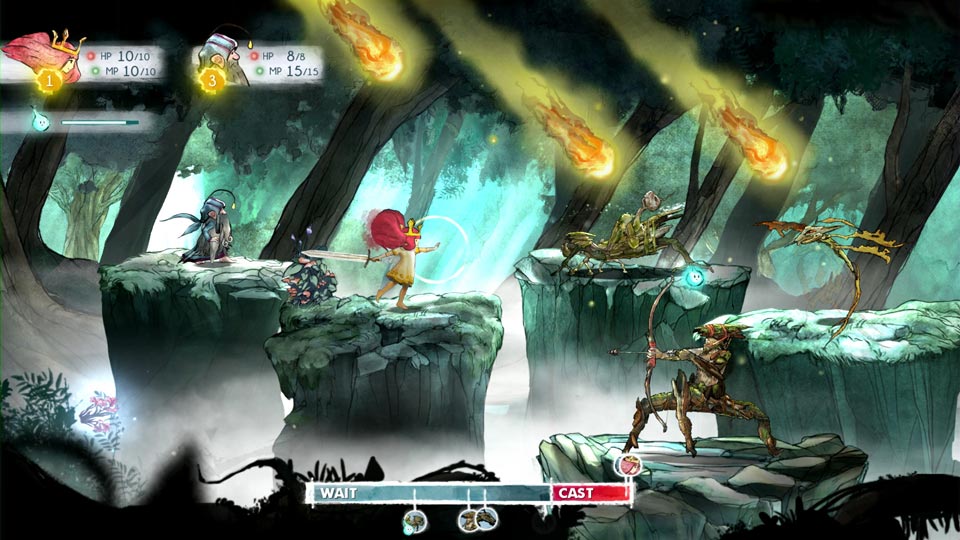
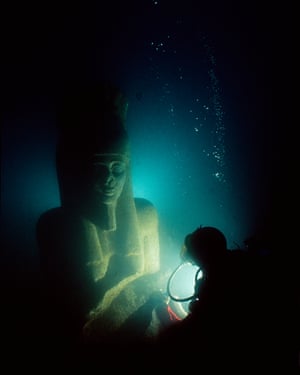



List of Figures
Figure 1. Child of Light [Wallpaper]
Figure 2. Thonis-Heracleion
Figure 3. Child of Light [Wallpaper]
Figure 4.Thonis-Heracleion
Figure 5. Thonis-Heracleion
Figure 6. Abzu [Wallpaper]
Figure 7. Flow
Figure 8. https://www.inceptivemind.com/engineers-build-untethered-squid-robot-underwater-exploration/15642/
References
FALMOUTH UNIVERSITY. 2021. ‘Week 2: Game Design – Process and Principles.’ flex.falmouth.ac.uk [online]. Available at: https://flex.falmouth.ac.uk/courses/921/pages/week-2-game-design-process-and-principles?module_item_id=47066 [accessed 29 Jan 2021].
SWINK, Steve. 2009. Game Feel: A Game Designer’s Guide to Virtual Sensation. Amsterdam ; Boston: Morgan Kaufmann Publishers/Elsevier.
